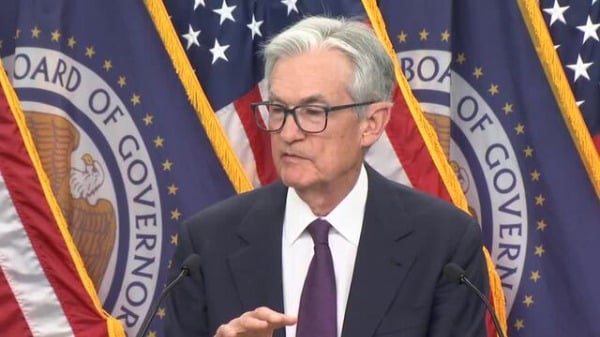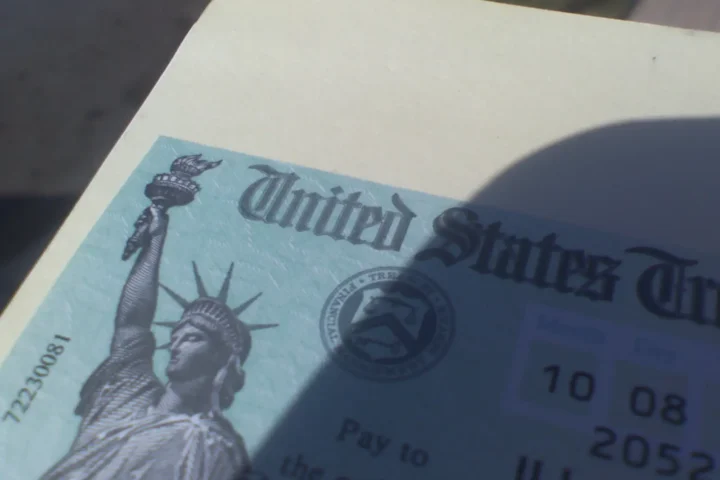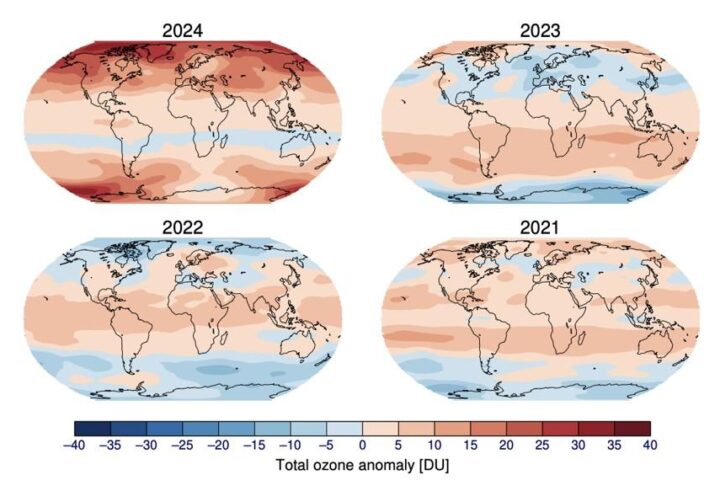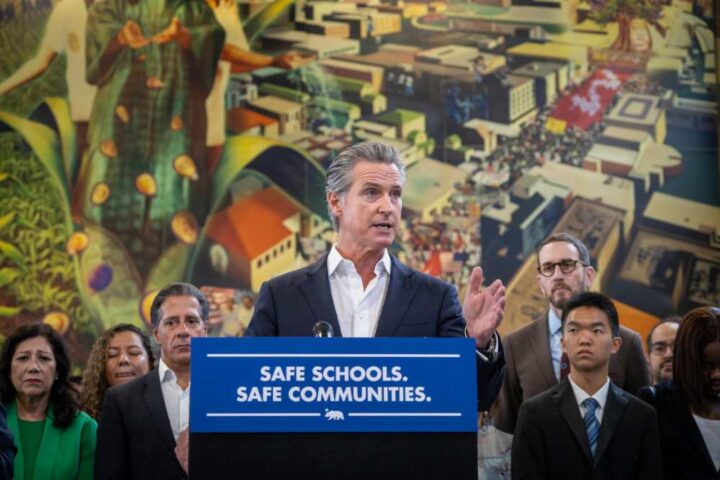The Federal Reserve maintained its benchmark interest rate in the 4.25% to 4.5% range on Wednesday, marking its fourth consecutive pause as it weighs economic uncertainties. Despite President Trump’s vocal demands for substantial cuts, the central bank signaled a cautious approach as it monitors inflation risks and slowing growth.
Markets initially rose but lost momentum during Powell’s press conference, with the Dow ultimately closing down 44 points as investors processed complex messages about the economic outlook
Economic Signals Flash Mixed Warnings
The Fed’s latest projections reveal concerning trends for the US economy. Officials lowered growth expectations to 1.4% for 2025, down from March’s 1.7% forecast, while simultaneously raising inflation expectations to 3% from 2.7%. The unemployment outlook also ticked higher to 4.5%.
These revisions come amid troubling real-world data. May retail sales dropped 0.9% – the steepest monthly decline since January. Housing starts have plunged to five-year lows as high mortgage rates paralyze the market, with Powell acknowledging the housing sector faces “a longer-run problem and also a short-run problem.”
The Fed’s hesitation stems partly from uncertainty about tariffs. “We haven’t been through a situation like this,” Powell said during his press conference. “We have to be humble about our ability to forecast it.” While some tariff impacts are already visible in electronics prices, many retailers are still selling pre-tariff inventory, masking potential inflationary pressures.
The Rate Cut Conundrum: Economic Tightrope
The Fed’s decision to hold rates has significant implications for the broader economy. By maintaining high rates, the central bank prioritizes inflation control but risks deepening economic weakness. Consumers and businesses continue facing elevated borrowing costs, dampening spending and investment when growth is already slowing.
If the Fed had cut rates as Trump demands, mortgage rates would likely decrease, potentially reviving the paralyzed housing market. Business investment might accelerate, and the government’s massive interest payments – projected at $1.2 trillion this year on $36 trillion of debt – would shrink.
Similar Posts
Global Pressures Complicate Fed Calculus
The domestic economy isn’t the Fed’s only consideration. The escalating Israel-Iran conflict has already pushed oil prices higher, potentially feeding inflation if energy costs continue rising. Meanwhile, Trump’s tariff policies create ripple effects through global supply chains that could eventually hit US consumers.
Major trading partners face mounting pressures as exports to the US become less competitive. European economies, already struggling with their own challenges, could face additional headwinds if trade tensions escalate. Asian economies heavily dependent on exports to American markets are particularly vulnerable.
These international dynamics create feedback loops that complicate the Fed’s decision-making. Higher global energy prices could fuel domestic inflation, while slower global growth could eventually dampen US exports.
Political Pressure Intensifies
The Fed’s decision comes amid unprecedented political pressure. Trump has repeatedly criticized Powell, calling him “stupid” for maintaining high rates and emphasizing the government’s massive interest costs. “We’re going to spend $600 billion a year, $600 billion because of one numbskull that sits here and says, ‘I don’t see enough reason to cut the rates now,'” Trump stated.
Powell, however, maintained the Fed’s independence: “What everyone on the [policymaking committee] wants is a good, solid American economy with strong labor market and price stability. That’s what we want. Our policy is well positioned right now to deliver that.”

The statement that “uncertainty about the economic outlook has diminished but remains elevated” suggests the Fed sees some improvement but remains wary of substantial changes to policy direction until more data arrives.
For investors, the message is clear: the Fed remains data-dependent but increasingly cautious about both inflation risks and economic weakness. Markets will likely remain volatile as they digest Powell’s measured approach amid a complex and uncertain economic landscape.

![A male [[Great white shark]] off [[Isla Guadalupe]], [[Mexico]]. Along with many [[Mackerel scad|Mackarel scads]] seen in the background. Photo Source- Terry Goss (CC BY-SA 3.0)](https://www.karmactive.com/wp-content/uploads/2025/06/White_shark.jpg)
















